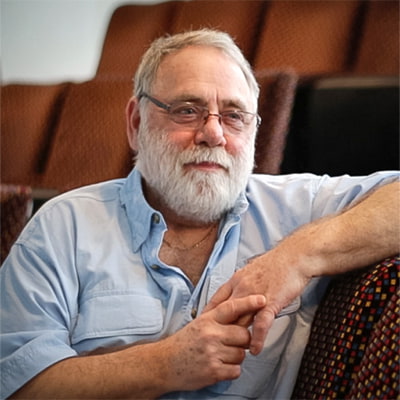
In the early days of media, radio used sounds to conjure images in the mind of the listener. Silent films showed pictures to conjure sounds in the mind of the viewer. The listeners saw with their ears and the viewers heard with their eyes.
The heron design was inspired by several native artists. In Greek Mythology the heron is the communicator of the spirits. I wanted to mark my Canadian identity with First People imagery.

A story editor is the person on a screen project who oversees the quality and integrity of its creative elements. A story editor works with writers, producers, and directors to refine the story and structure it for maximum impact.
As a writer, what I do best of all is story edit. I write something, then I edit it over and over until it flows.
A lot of my stories come from research. Whether for another project, like the research work which led to Ween, or my own interests, like a fascination for Easter Island, which led to Ororo.
I don’t start with a story, I start with research, accumulating raw data, and as more details are uncovered, I find a story that encompasses it all. From then on I simply work as a story editor, developing and reinforcing the elements that best express the overall story needs.
It was my story editing compulsion that led to the Shakespeare Light series.
I looked at the story of Romeo and Juliet to see what, more than the general idea of suicidal star-crossed lovers, made it so beloved. I wanted to create a screenplay that would be rich in Shakespearean texture but would not sound awkward to a 21st century ear.
As I worked I uncovered the story which has been buried beneath rhyme, reverence, and rigidity for centuries because of words and phrases long out of date.
That was Madmen Have No Ears. I published it in a prose version which led to the Shakespeare Light series.

I am a long time movie fan. In this digital age of 3-part movies, it is worth defining my term. A movie is a screen storytelling event that runs over 90 minutes and is complete at the end.
The screenplay form is a worthy challenge for a writer. Tell me a story in one sitting. Or let me tell you one.
The format suits my style because I write what I see and hear unfolding in my imagination using descriptive words and interesting dialogue.
I write with the expectation of all screenwriters, that the other creative artists who come to the project will be inspired by the solid framework laid down and build upon it, adding their unique flair to the whole.
Various assignments have had me turn a news story into a screenplay, a producer’s treatment into a screenplay, and someone else’s script into a screenplay.
I have screenplays of my own seeking production financing, such as:
Pit
A prisoner becomes the toy of her executioners in this classic Poe tale re-imagined for the screen.
Learn more here.
Closely
A Romantic Thriller that has a cynical cop and a naive wife struggling to expose a medical hazard cover-up while running from a sociopath for hire with orders to stop them at all costs.
Chases & Races
A Romantic Comedy that starts with a car crash and ends thirteen hours later with a horse race.
Knighn
An Adventure Fantasy that begins on an ordinary day in the ordinary life of an ordinary little girl. Nine-year-old Sandra gets whisked away to a land where giant spiders and giant ravens are opposing sides in a civil war.
Lug
A whimsical celebration of the season told from tree level. Ever wondered what Christmas ornaments get up to when left on their own?
Learn more here.
Soon
In the near future a man is taken into custody without knowing why and held in a room with several other men. When he starts to realize these men look familiar he understands the trouble he is in.
Madmen Have No Ears
A screenplay of Romeo and Juliet with language adjusted for 4 centuries of language development.
Learn more here.
Not To Be
A screenplay of Hamlet with language adjusted for 4 centuries of language development.
Learn more here.

Sometimes a story is best written in prose form and sometimes the story is so powerful it needs to be more than a screenplay.
During the long process of movie making – selling – greenlighting – shooting – editing – distribution, changes get made to the story, that is if the original screenplay gets a green light at all.
My stories were always meant for an audience, not some studio’s shelf.


I went to Ryerson for the fundamentals then worked at various TV studios and stations on a vast array of projects. From shooting wrestling on a Sunday morning in Sudbury to operating a converted sound booth as a live TV studio in downtown Toronto.
All during the time I spent in Operations, I was writing. And since the jobs kept me immersed in the production environment, I soaked up all the practical knowledge around me.
A TV camera may not be a movie camera but the fundamentals of lighting, sound, and picture are universal.
The truism that has become cliche says to write what you know, so I wrote about my surroundings, reasoning that it would be less expensive to make a movie if the equipment needed to shoot the movie could also be part of the set decoration, so the bulk of the story took place in a TV studio and its control room.
That was The Hijacking of Studio 4 and it led to the rest.
Read more here.






